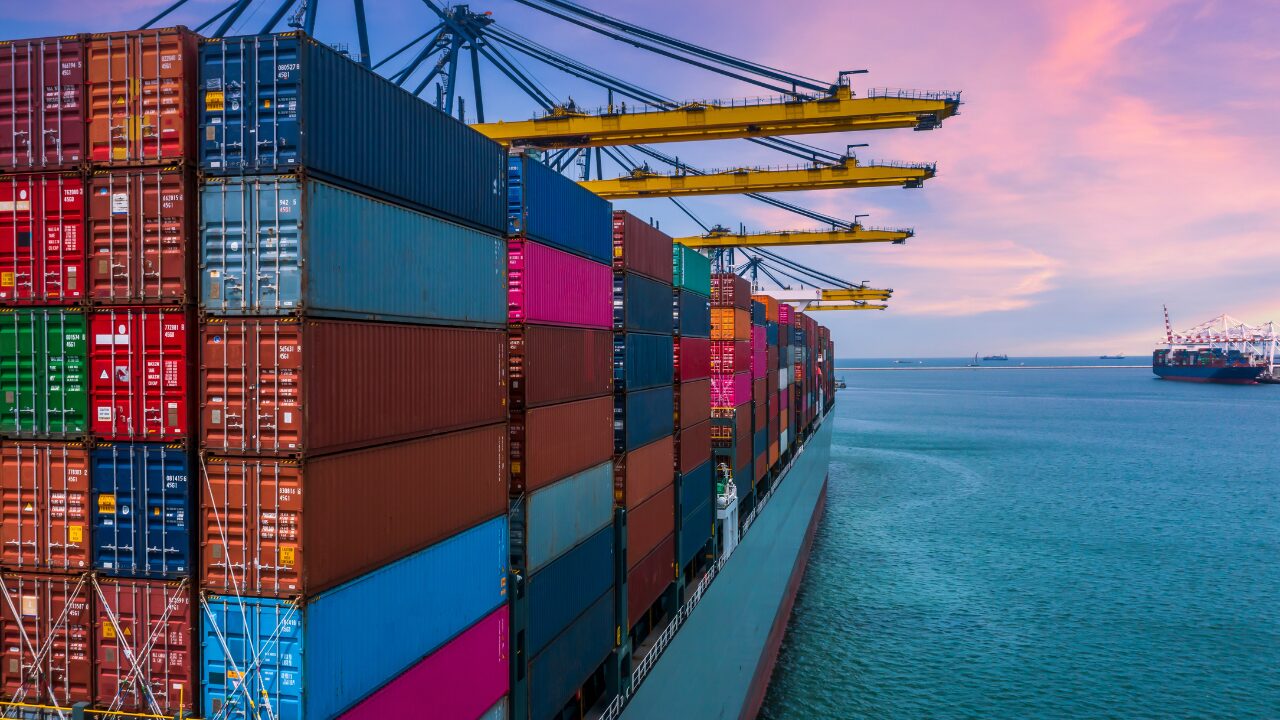Date first published: 22/07/2025
Key sectors: all
Key risks: business risks; business disruptions; trade disruptions; targeted attacks; kidnapping; cargo transport
Risk development
While global incidents of piracy and armed robbery against ships (ARAS) have generally declined in recent years, Southeast Asia has seen a marked resurgence since the beginning of 2025. The Straits of Malacca and Singapore (SOMS) in particular recorded 63 incidents in 2023 and 62 in 2024, indicating a downward trend. However, this trajectory shifted significantly in H1 2025, with 80 incidents reported – exceeding each annual total of the previous two years in just six months, highlighting a sharp escalation in maritime threats along one of the busiest maritime routes in the world.
Why it matters
The Straits of Malacca and Singapore are among the world’s most strategically important maritime chokepoints, serving as a vital conduit for uninterrupted global trade and linking the Indian Ocean to the South China Sea. With over 90,000 vessel transits annually – equating to more than 200 ships per day – these waters facilitate approximately 30 per cent of global maritime trade by linking Asia-Pacific with South Asia, Europe and Africa. Where feasible, shipping companies adjust their routes to avoid high-risk areas; however, such deviations lead to longer voyage durations and increased travel distances. This, in turn, drives up operational costs – particularly in terms of fuel consumption and crew labour. The economic impact is considerable, with piracy-related losses estimated in the billions of dollars annually, stemming from route changes, elevated insurance premiums and the need for enhanced security measures.
Background
Reports indicate that 77 of the 80 reported incidents in H1 2025 occurred along the eastbound lane of the Singapore Strait, with two reported in the precautionary area and one in the westbound lane. 52 per cent of cases involved bulk carriers while underway, and in half of these cases, the perpetrators fled without stealing any goods. Although assailants were armed with firearms, knives or hammers in 53 per cent of the reported incidents, no harm was inflicted on crew members in 90 per cent of cases.
Ships of all flags remain at risk as no clear pattern suggests intentional targeting based on origin. Incidents predominantly occurred on vessels with reduced crew vigilance or those navigating at slower speeds during the time of attack. Nighttime travel remained the highest risk period, with 90 per cent of incidents occurring during hours of darkness. Additionally, the advancement of digital technology has profoundly altered the maritime piracy landscape, enabling criminal groups to more easily identify and target vulnerable ships.
Risk outlook
Despite a general decline in global piracy and ARAS, the SOMS continue to see a rise in cases and remain a significant threat to the international shipping industry. Ships of all flags remain at risk as no clear pattern suggests intentional targeting based on origin, with the threat significantly higher during nighttime operations.
Nonetheless, authorities in the region continue to strengthen collaborative efforts to mitigate the risk of piracy in Southeast Asia. On 9 July Indonesian law enforcement apprehended a group of 11 pirates accused of their involvement in a series of armed robberies targeting foreign cargo transiting in the region since 2017. The suspects reportedly exploited publicly accessible online ship-tracking platforms to identify slow-moving vessels. As digital technologies advance, they offer operational benefits but also introduce new vulnerabilities that create shifts in the piracy risk landscape. This may be mitigated through enhanced cybersecurity measures and improved maritime intelligence capabilities.

